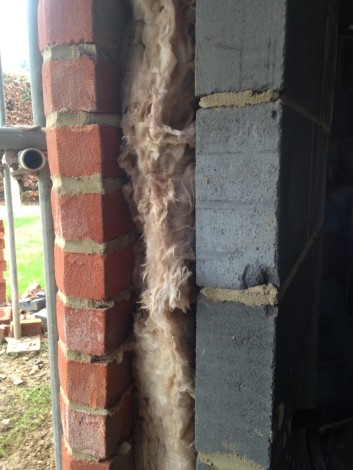For readers in many countries, it may come as a surprise to learn how much of the world experiences grid electricity supplies. Those starry night-time maps of the world showing all those brightly lit mega-cities and villages across the less developed world are quite misleading. At no time would all those places be lit up. Particularly in rural areas, darkness is more prevalent.

(Click for full resolution image at http://www.geni.org)
That’s because in much of Africa, India, Pakistan, Indonesia and several other countries, electricity supplies cannot meet the demand. Power utilities have to impose “load shedding” in a regular or irregular rotating schedule, cutting off power in less politically influential districts to keep demand within supply limits.
In Pakistan, people living in rural communities are hardest hit with only 6-8 hours power daily – they make up about 70% of the population. That’s because governments know that city voters know they can vote out a government: rural voters are more compliant (but are becoming less so).
In response, domestic uninterruptible power supplies (UPS) using car batteries for energy storage have become common. Almost every household in cities has at least one to keep lights and fans running through load shedding.
While battery storage of solar energy is now seen as the future for industrialised countries, the developing world has much more extensive experience with battery storage through sheer necessity.
Air conditioners are power-hungry machines so you will normally need a generator running on gas, diesel

Insulation installed in European building under construction in 2015. Across the less developed world, walls are solid, single brick construction, sometimes two bricks with no cavity where the owner can afford more strength.
or petrol to keep it running through the night. A single room air conditioner running on a generator typically costs US$150-$200 a month in electricity, fuel and maintenance, not including the cost of servants to start the generator in the night. Self-starting generators are available at higher cost: $2500 – 5000.
Part of the reason for this high cost lies in history. Pakistan, like many other less developed countries, possibly more so than others, benefitted from cheap electricity for decades. World Bank and other international funding helped to construct an energy grid based extensively on cheap hydro-electric power in the second half of the 20th century. Cheap energy was seen then as a pathway to faster economic and social development.
However, cheap energy comes with a dark hangover.
The artificially low power cost in Pakistan and so many other countries eliminated the incentive for energy efficiency measures such as insulation. Compared with insulation that makes sense in European buildings, Pakistan buildings have solid brick or concrete walls which accentuate heat and cold.
Now, in the 21st century, power demand has grown faster than population increases with increasing living standard expectations. Increasing reliance on fossil fuels, increased finance costs, and the need to gradually replace the original transmission infrastructure at full commercial cost have combined to force up the cost of power.
With much higher electricity costs (still with huge subsidies that cripple government finances), Pakistan people are paying the price of cheap energy many times over with inefficient appliances. They struggle with winter cold and summer heat. Winter temperatures hover around zero across much of the country in winter and often reach 45° C in May and June.
The lack of insulation explains the crippling cost of air conditioners.
Our low power air conditioners have been designed to provide energy efficient and sustainable cooling comfort. They provide localised cooling, avoiding the crippling cost of cooling walls, floors and ceilings. They run on domestic UPS supplies, providing continuous cooling that otherwise would require a generator, reducing the cost of continuous cooling by more than 10 times. We are just about to release them on the market in Lahore…
Of course, running even a low power air conditioner on a UPS means you have to confront the issue of electrical energy storage.
In my next article I will go into more detail on power storage batteries.

